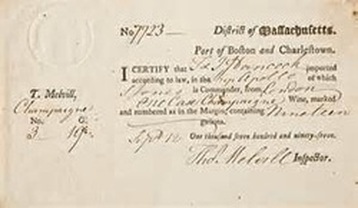-
History and Literature Units
- Units
- Class Calendar
- Stuff You Need
-
About
- American Experience
- Ms. Ringelspaugh and Mr. Palmer
- Top 10 Things to Know about American Experience
- Frequently Asked Questions
- Former Student Testimony
- Photo Gallery
- Homework Philosophy
- Technology Philosophy
- How to Come to Class Prepared
- Late Work and Reassessment Policy
- Avoiding Plagerism
- Achieve 3000
- Remind 101
- Growth Mindset
- The ACT
- Quotes
- Contact Us
- Links

